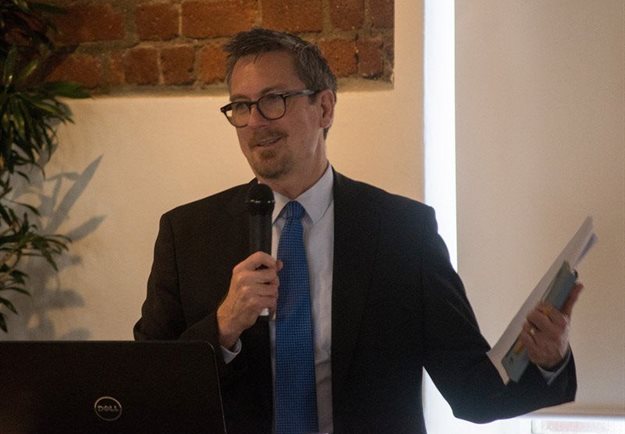
These are key findings from the latest (2018) Annual Survey of Philanthropy in Higher Education (ASPIHE) report, based on 2017 figures. Eleven universities took part in the survey, which is conducted under the auspices of Inyathelo: the South African Institute for Advancement. Research was sponsored by the US-based Kresge Foundation and conducted by Dr Sean Jones of EduActive Solutions.
The 11 universities in the survey received a collective total of R1.71 billion in philanthropic income in 2017 – R978 million higher than recorded for the 10 universities taking part in the first survey in 2013.
Median annual philanthropic income was R108 million in 2017, which is significantly higher than the median of R23 million in 2013.
The proportion of income from South African sources was 72%, which is 35% higher than in 2013. International donors contributed 28% of philanthropic income but comprised only 10% of donors.
The largest proportion of philanthropic funding came from trusts and foundations, which contributed 42%. This decreased from 61% in 2013, indicating a declining dependence on trusts and foundations. This was matched by increased levels of giving by the private sector and individuals. Private sector entities contributed 25% of philanthropic income in 2017 compared with 14% in 2013, while individual donors’ contributions increased from 4% in 2013 to 20% in 2017.
The number of donations also increased dramatically over the five years, from 5,659 in 2013 to 28,668 in 2017. The number of donations between R1 million and R4,9 million more than doubled and those exceeding R5 million more than tripled.
While noting the encouraging progress in philanthropic funding overall, the report adds that it “obscures some extremely significant and severe differences and inequalities” and “a considerably less rosy picture emerges when the universities are disaggregated along the lines of historical advantage and disadvantage.”
In 2013, 94% of all donor income to the participating institutions went to HAIs and 6% to HDIs. This equalled R622 million for HAIs versus R37 million for HDIs. The difference was even greater in 2017 when 96% of funding went to HAIs and 4% to HDIs – R1.6 billion for HAIs versus R73 million for HDIs.
Jones said: “As the aggregate amount received by the two categories of institution increased at much the same rate, the unfortunate conclusion must be that, over and above the gross inequality in donor income, neither the development and fundraising apparatuses of the HDIs, nor indeed the giving policies of donors, underwent meaningful transformation during this five-year period.”
He added that: “The inequities in donor and grant-maker contributions to different institutional types perpetuate, and possibly even exacerbate, cycles of student disruption and institutional destabilisation which, in turn, increase donor and grant-maker reticence to invest in particular institutions. It is very clear that the funding community needs to take a hard look at its policies and practices in relation to financial aid for students.”
Nazeema Mohamed, executive director of Inyathelo, said: “Worth mentioning is the rise in local philanthropic support, particularly through the #FeesMustFall crisis. This indicates that the #FeesMustFall impact on universities was understood as an issue of national concern, with South African philanthropists stepping in to support universities. The challenge, though, is the distribution of the support across the sector and to understand the reasons for this particular pattern.”
Inyathelo has worked with the Kresge Foundation for over a decade to help build advancement capacity in selected universities. This multi-layered approach encourages universities to work in an integrated way to build and manage relationships with key stakeholders and to attract resources for long-term sustainability.
“When we started this work in 2006, few South African universities of any type were raising private funds,” said Bill Moses, managing director of Kresge’s Education Program. “This report suggests that giving has changed dramatically over the succeeding dozen years. Private philanthropy can never replace government and tuition support, but it can help support university excellence and reduce pressure on annual fee increases. The challenge facing South African universities is to reach and engage more donors and to help more HDIs build their own advancement operations.”
To read the full ASPIHE report, visit: https://www.inyathelo.org.za/knowledge-services/inyathelo-publications/view-all-publications-for-download.html